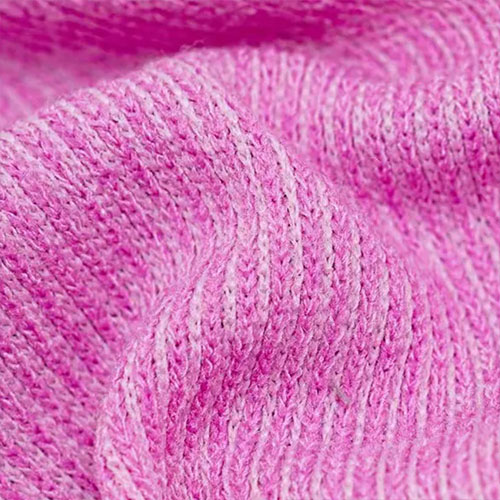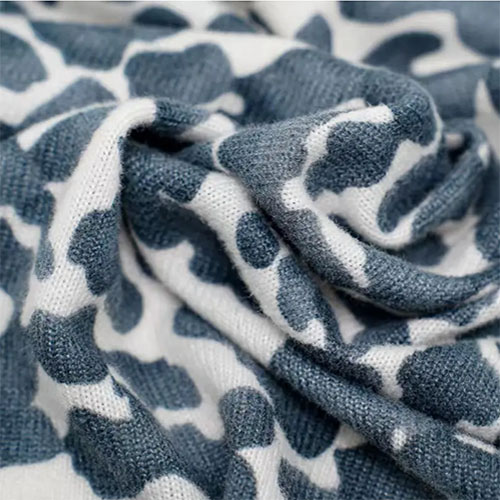When buying clothes or fabric, have you ever been confused by the numbers and letters on fabric labels? In fact, these labels are like a fabric’s “ID card,” containing a wealth of information. Once you grasp their secrets, you can easily pick the right fabric for yourself. Today, we’ll talk about common methods for recognizing fabric labels, especially some special composition markers.
Meanings of Common Fabric Component Abbreviations
- T: Short for Terylene (polyester), a synthetic fiber known for durability, wrinkle resistance, and quick-drying properties, though it has relatively poor breathability.
- C: Refers to Cotton, a natural fiber that is breathable, moisture-wicking, and soft to the touch, but prone to wrinkling and shrinking.
- P: Usually stands for Polyester (same as Terylene in essence), often used in sportswear and outdoor gear for its durability and easy care.
- SP: Abbreviation for Spandex, which has excellent elasticity. It is often blended with other fibers to give fabric good stretch and flexibility.
- L: Represents Linen, a natural fiber valued for its coolness and high moisture absorption, but it has poor elasticity and wrinkles easily.
- R: Denotes Rayon (viscose), which is soft to the touch and has a good luster, though its durability is relatively low.
Interpretation of Special Fabric Composition Markers
- 70/30 T/C: Indicates the fabric is a blend of 70% Terylene and 30% Cotton. This fabric combines Terylene’s wrinkle resistance with Cotton’s comfort, making it ideal for shirts, workwear, etc.—it resists wrinkles and feels comfortable to wear.
- 85/15 C/T: Means the fabric contains 85% Cotton and 15% Terylene. Compared to T/C, it leans more toward cotton-like properties: soft to the touch, breathable, and the small amount of Terylene helps reduce the wrinkling issue of pure cotton.
- 95/5 P/SP: Shows the fabric is made of 95% Polyester and 5% Spandex. This blend is common in tight-fitting clothing like yoga wear and swimsuits. Polyester ensures durability, while Spandex provides excellent elasticity, allowing the garment to fit the body and move freely.
- 96/4 T/SP: Consists of 96% Terylene and 4% Spandex. Similar to 95/5 P/SP, the high proportion of Terylene paired with a small amount of Spandex is suitable for clothing needing elasticity and a crisp look, such as sport jackets and casual pants.
- 85/15 T/L: Indicates a blend of 85% Terylene and 15% Linen. This fabric combines Terylene’s crispness and wrinkle resistance with Linen’s coolness, making it perfect for summer clothing—it keeps you cool and maintains a neat appearance.
- 88/6/6 T/R/SP: Contains 88% Terylene, 6% Rayon, and 6% Spandex. Terylene ensures durability and wrinkle resistance, Rayon adds softness to the touch, and Spandex provides elasticity. It’s often used in stylish clothing that prioritizes comfort and fit, such as dresses and blazers.
Tips for Recognizing Fabric Labels
- Check label information: Regular clothing clearly lists fabric components on the label, ordered by content from highest to lowest. So, the first component is the main one.
- Feel with your hands: Different fibers have distinct textures. For example, pure cotton is soft, T/C fabric is smooth and crisp, and T/R fabric has a glossy, silky feel.
- Burning test (for reference): A professional method but may damage clothing, so use it carefully. Cotton burns with a paper-like smell and leaves grayish-white ash; Terylene burns with black smoke and leaves hard, bead-like ash.
Hope this guide helps you better understand fabric labels. Next time you shop, you’ll easily pick the perfect fabric or clothing based on your needs!
Post time: Jul-15-2025


